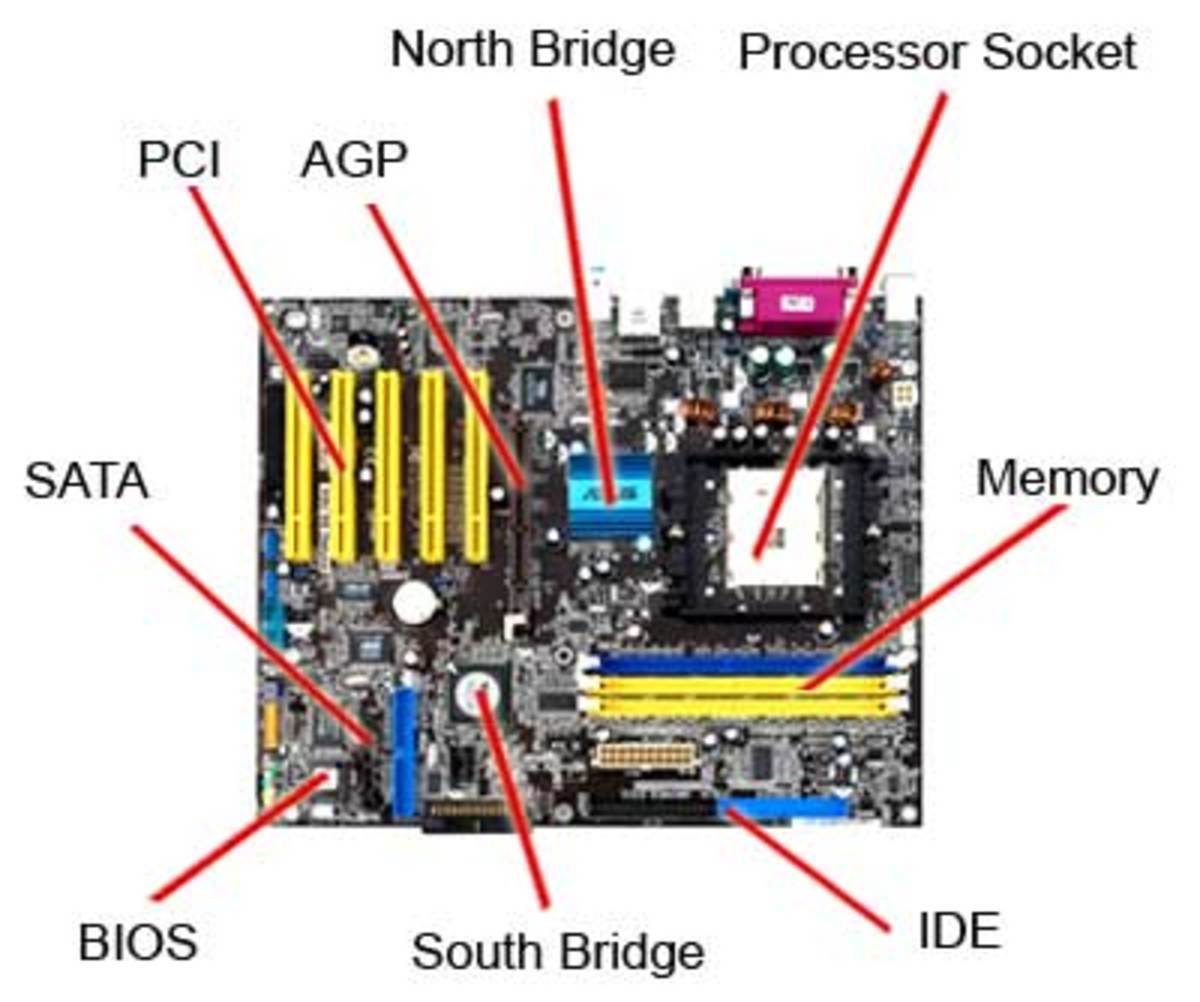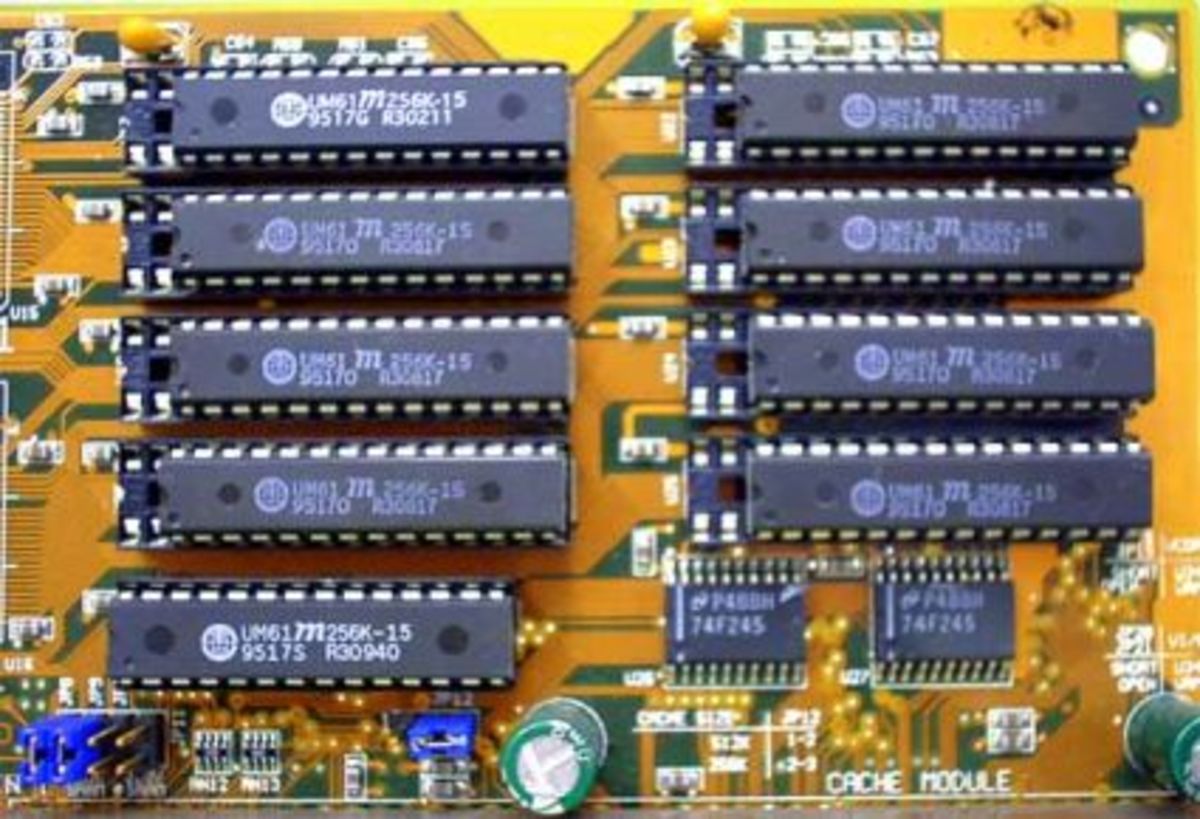Neglected Wife Symptoms—Ways Husbands Destroy Their Marriages

It is important to remember that the main goal of marriage should be peace and happiness. So, while this list below may seen daunting, always remember that. If life is stressful, then work on changing your perception. You can see peace instead of stress. You are only one thought away from a peaceful life. If you feel unhappy, seek the things that will fulfill you in life. Just be happy. The simplest route to something is to just be. The only person you can change is yourself.
Also, while both the husband and wife should take responsibility for their part in a marriage, below are ten mistakes common to men. Read on to learn about the behaviors of men which can completely destroy a marriage.
1. Leaving Her Alone
One of the quickest ways to destroy your marriage is to leave your wife alone. This means things like spending long hours at work and following it up by a beer or several afterward with the guys. Then, when you get home, you don't engage her or your children. Instead, you lose yourself in baseball or computer poker. Also, on the weekends, you'll complain about the messy house, then leave to run errands, and then you don't come back for several hours.
One of the most most miserable experiences for a wife is that feeling of isolation when her husband emotionally leaves the relationship. Yes, she has friends and a job. Yes, she spends a lot of time running the kids around and partaking in activities outside of her husband. It's not the same. Her desire is to spend time with you, the man she loves. To be left alone by her husband causes deep heartache for women. For most women, their largest fears boil down to isolation and deprivation. When she feels abandoned by you, she attacks with hurtful and disrespectful behavior. Her ability to verbally hurt you is her strongest weapon, and she uses it out of fear in an effort to try to get your attention.
When a wife begins to nag because you never spend time at home, never hang out with her, and never engage with the kids, chances are she is feeling abandoned and isolated. When you stop spending time together, the emotional distance between you two grows quickly.
2. Not Getting Close Enough
Your wife feels energized when she feels close to you. Refusing to let her know you is destructive to her and your marriage. While you strive to keep your independence, she longs to connect with you. It is not fair to either of you if you are only affectionate and attentive on the days you want sex or something from her. Affection and closeness ought to be an end in themselves, not a means to a different end.
Talking is not the only way women feel close, although it is an important one. Simple ways to fulfill your wife in this area are to hug her often, hold her hand, and to spend some time alone with her. When her need for closeness is met, she will be more inclined to respect your need for independence. When your wife feels close to you, she will also be more willing to engage with you on a more intimate, sexual level.
The important thing to remember is to help her feel connected. Try talking to her about your day, your fears, hopes, and dreams. Hold her hand when you go out together. Kiss her unexpectedly in the kitchen while she makes dinner. Sit next to her. Ask her how she is doing, and for a few minutes, give her your undivided attention while she answers. A little bit will go a long way and mean everything to her and, in turn, your marriage.
2.1. Closing Yourself Off to Her
Women exist as an integrated circuit. The mind, body, and soul are closely linked — so, hurt feelings affect the entire system. A wife whose spirit is crushed may suffer from fatigue and confusion. Like a strand of Christmas lights — when one light goes out, they all go dark. Men compartmentalize. If one light goes out on his strand, all the other lights function properly, unaffected. Men are able to fully function when one area of their lives is not working properly.
Your wife does not understand the closed-off and mysterious way you operate. Things don't seem to bother you. You never want to talk to her. She knows you are stressed about work, yet you don't show it or express that further to her. She wonders how you can even function. Your wife is not trying to pry or sneak her way into no-man's land. She simply wants you to be open. She wants to truly seeyou. She feels loved when you share your fears, worries, and troubles. She wants to be that person for you and committed to being so when you got married. She won't try to fix you. She will listen.
Try talking to her about what is going on in your life. Women like to vent, without seeking a solution, and she wants to give you the freedom to share yourself verbally.
3. Always Trying to "Fix" Her
Even when she doesn't always say it, your wife sees you as her strength. As the bearer of her burdens. When she comes to you for help to lighten the load from the weight of her world, it is a compliment. She knows you can handle it.
Rather than trying to resolve and repair every issue, however, try to just listen to her. You might even ask if she needs a solution or just an ear. It will be a relief for both of you when you realize that sometimes you don't have to fix all the problems. Furthermore, when you listen, she will feel like you understand her (even if you don't, which is okay).
4. Never Saying "I'm Sorry."
All marriages have conflict. The refusal to apologize is a quick way to destroy yours. While conflict is not a pleasant thing, growth and closeness can increase as conflict is resolved. For your wife, an apology means she has moved forward through the conflict, and she is now seeking peace.
Many husbands see apologizing as a sure sign of weakness. They think, "If I apologize, she won't respect me." On the contrary, if you humbly apologize and ask her forgiveness, your wife will be putty in your hands. Your small act of contrition soothes her spirit, and acts as a healing balm over her heart. Furthermore, it shows that you're open and willing to make things work, that you care enough to admit to your faults and move past and through them.
5. Taking Her Insecurities Too Lightly
Your wife knows she is highly committed to you. When she sees you looking at other women, in the mall, on TV, on the computer, and in other places, she fears that you may be unfaithful and at the very least, it may make her uncomfortable and question your attraction to them, especially if she is solely just looking at you. Regardless, she is insecure and needs your reassurance, not any belittling, joking, or teasing. These activities all devalues her feelings, which are real. When you stare at a cute young thing as she saunters by, it may be a reminder to your wife of her many imperfections. She feels insecure because she wants to know that you still love her and you looking at other women may not be so reassuring of that. It's okay for you to look at other women, in fact, it's perfectly natural. The danger is when you are blatant and aggressive, disregarding your wife's feelings and staring in spite of her discomfort.
Your wife is motivated by your love and loyalty. She has committed her life to you, and wants to feel secure in the fact that you are equally committed to her. A big symbol of your loyalty to your wife is a wedding ring. For a woman, this is a sign of your fidelity. A married man without a ring seems to be trying to hide something. This requires very little effort, if any, on your part to reassure your wife in this way, and yet it would mean the world to her. Her peace of mind ought to be worth the cost of an inexpensive, outward expression of your fidelity. You have nothing to hide. A ring is a simple, outward expression of your devotion to your wife and to your marriage. This small gesture can have deep impact.
When your wife feels insecure, she may ask if you still think she is pretty. She may ask if you love her. She may ask if you think someone else is more attractive. This is not a trap. She feels she is moving toward you, by asking a question and starting a conversation. Talking is how women feel close. She is seeking your assurance of love and loyalty. Rather than make light of the moment, look at her. No, really look at her. Tell her she is the most beautiful woman you have ever seen. Give her the assurance she seeks, and ease her troubled mind.
6. Ignoring the Importance of Simple Gestures
Your wife does not require fancy jewelry or expensive meals. Granted, those things are nice, and you like to treat your wife. However, it isn't always necessary.
She feels most loved by the small tokens of your love and appreciation. When you neglect the small things, it may feel to her like you are trying to buy her affection — or ease your own guilt — with the big things. Let your wife know that she is on your mind during the day. A single rose when you walk in the door speaks volumes to her language of love. Give her a call or send her a text during the day to let her know you are thinking of her. Offer to help with dinner, or wash the dishes. These are small gifts of your time that mean the world to your wife.
For your wife, the most important days of the year are her birthday and the day she married you. Celebrate these days by spending time with just her. It will mean more than any expensive gift ever could. The cost of the gift is secondary to the thought you put into it. She wants to feel special and important to you. The way to help her feel loved is to spend time with her alone. Even if you sit home and watch a movie, give her your undivided attention.
7. Taking All the Fun Out of Sex
When you confuse sex with intimacy, it's no fun. When you only focus on your own orgasm, it's no fun. When you only show interest in your wife when you want to get lucky, it's no fun. When you devalue the depth of your sexual relationship with crude jokes and pornography, it's no fun. When you expect her to get excited instantly, it's no fun. When you neglect your wife's sexual needs, it's no fun.
When you are married, sex is supposed to be fun.
An intimate sharing, designed to bring you closer, sex should cement the bond between you. For example, think of your wife as a crockpot. Meanwhile, in this comparison, you are a microwave. Put a meal in a microwave, and you are eating within three minutes. A crockpot meal takes a lot of forethought. You need the proper ingredients. You have to put everything together, turn it on, and wait. Six or eight hours later, you enjoy a delicious meal. Your wife needs the same thoughtful consideration. Start in the morning with a kiss. Tell her she's beautiful. Women never get tired of hearing that from the man they love. Help get the kids ready for school. After work, ask about her day.
Slow, slow, slow. If you want to bring the fun back into sex, think crockpot, not microwave. You can microwave in the shower (not literally, obviously).
8. Getting Lost in Bitterness and Anger
When you shut your wife out to brood in your despair, it fills her with fear. Women like to talk things out. Men like to shut things out. When you feel stressed about work, about money, about your relationship, you turn inward. This provokes your wife's fear of abandonment and rejection.
She thinks you don't love her when you refuse to speak. This fear, and her desire to resolve conflict, cause your wife to pursue you. She wants to talk it out, not to belittle or demean you, but to feel closer. She wants you to trust her, so she can trust you. She follows you around, asking if everything is alright. You run away from her and avoid wanting to discuss what is bothering you. She knows something is wrong, and she begins to assume that she is the problem.
You can stop this train wreck before it happens by opening up to your wife. She loves you. You can trust her. Share your real feelings with her, and she will open her heart to you.
9. Not Taking Responsibility
Whether it's an addiction, an affair or poor performance in your life, many times, husbands point to their wives as the reason for their weakness. "She makes me drink because of her nagging. I cheated because she wouldn't take care of me. I'm doing poorly because she never encourages me."
It's time to take full responsibility for your own behavior. You need to take ownership of your actions. You choose to drink. You choose to cheat. You choose to work or not work. You actively do all these things on your own. Rather than blaming someone or something else, stand up and take control. Make your life reflect the values you desire. Your life is completely under your control. Today, you can choose differently. You can create exactly the life you want. Furthermore, if your wife really is the root of all the problems in your life, then take control of that as well and man up and tell her the truth. She can't change if you aren't willing to express the problem.
10. Picking the Wrong Woman. Again.
A woman in distress, who just moves from crisis to crisis, will continue to be in distress after you marry her. A nitpicking woman who criticizes your every decision will continue to nitpick. A control freak always wants control, even after the wedding. The bottom line is: if she is the wrong woman before the marriage, she'll be the wrong woman when and after you get married.
If you want a nice wife, then date a nice woman and marry her. Treat her with love and respect and she will return the kindness. Trying to rescue a woman in distress will only lead you to feel used and unappreciated. A strong marriage begins with a good-willed woman and a good-willed man. It flourishes as you both grow in love and respect toward each other.
Choosing the wrong woman sets you up for failure every time. Although you might like the feeling of being a knight in shining armor rescuing a damsel in distress, the reality of being married is much harder and much less idealistic. Marriage takes work, from both the husband and the wife. When both are committed to making the marriage a good experience, then it has a better chance of succeeding.
Work on Yourself
While this list may seem daunting, it is important to remember that the main goal of marriage should be peace and happiness. If life is stressful, work on changing your perception. You can see peace instead of stress. You are only one thought away from a peaceful life. If you feel unhappy, seek those thing that will fulfill you in life. Just be happy. The simplest route to something is to just be. The only person you can change is yourself.













